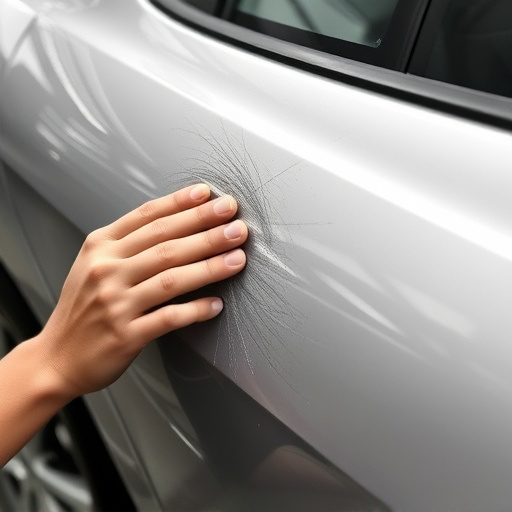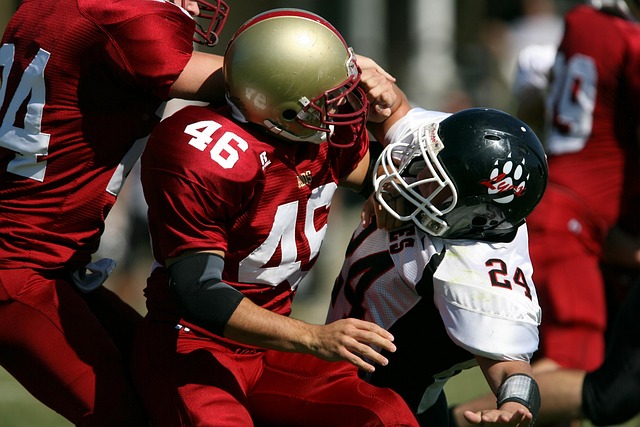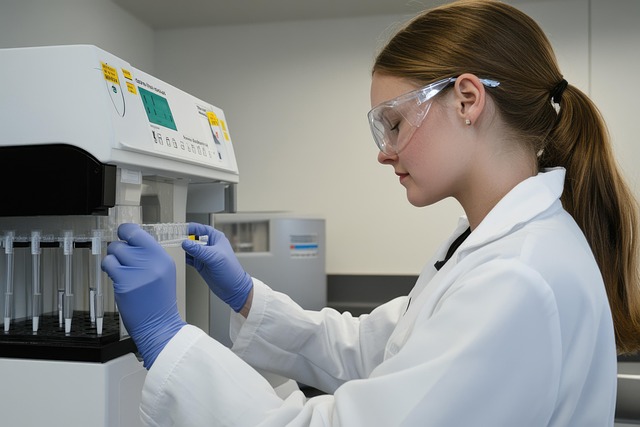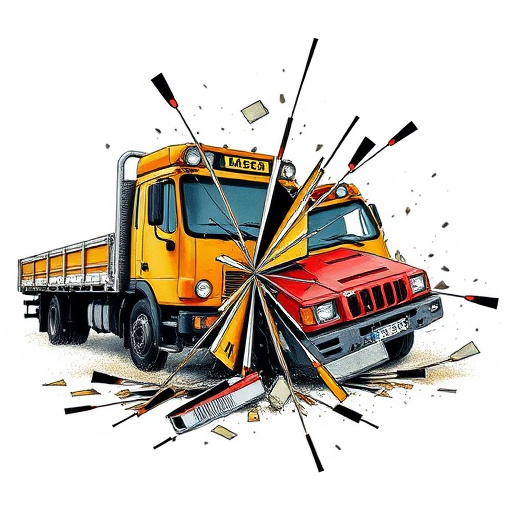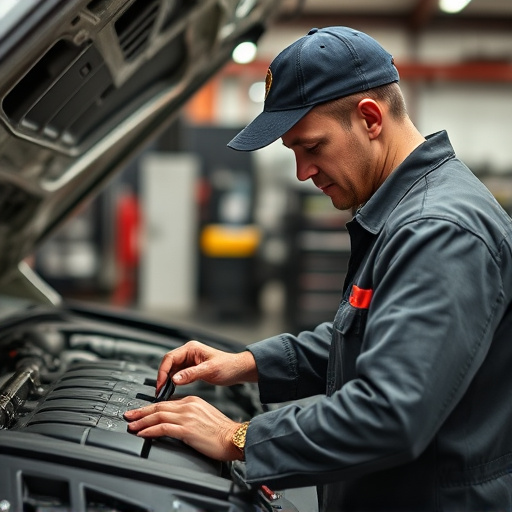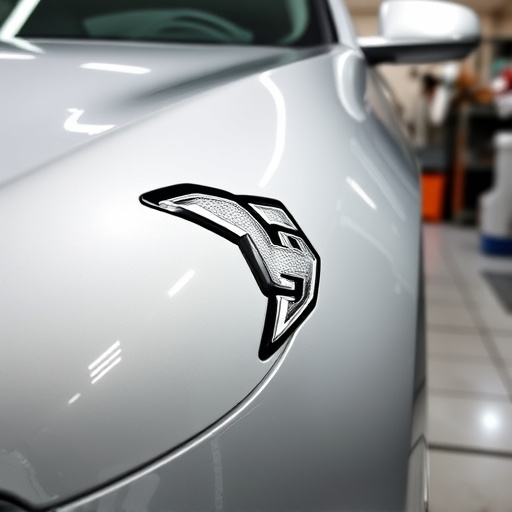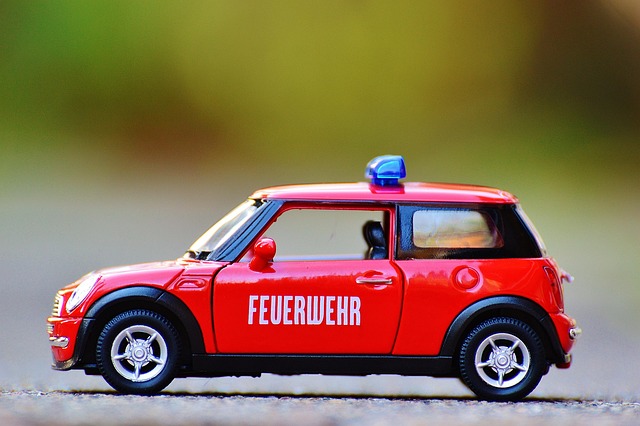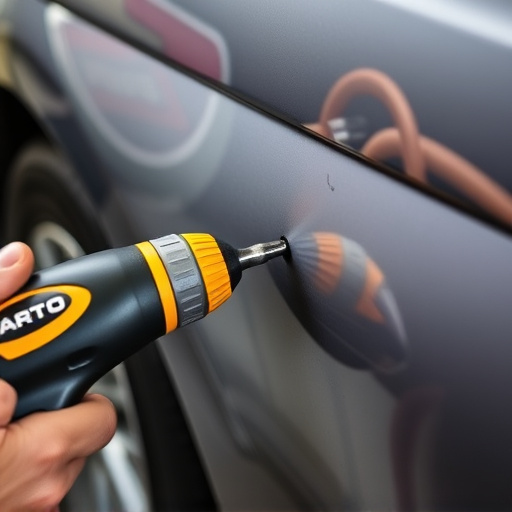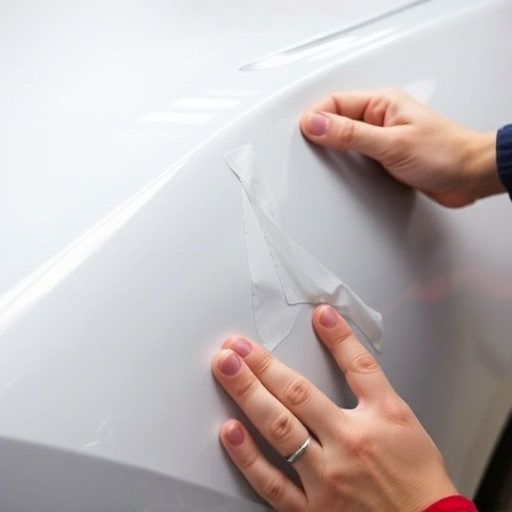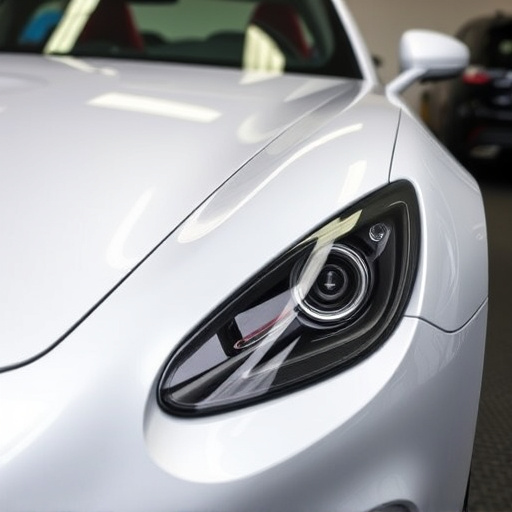Inspection Tolerances: Vital for Vehicle Frame Inspection & Safety
Inspection tolerances are critical benchmarks that ensure the accuracy and reliability of vehicle frame inspection processes, upholding structural integrity and optimal performance. These tolerances dictate acceptable limits for component variations, with even minor deviations potentially affecting a vehicle's stability, handling, and safety in high-speed scenarios or collisions. Professionals in frame straightening and auto painting rely on understanding and adhering to these standards for precise adjustments and repair methods, ultimately providing superior bodywork services. Meticulous adherence to inspection tolerances—enforced through regular checks using specialized tools—is essential for maintaining the structural integrity of the frame after damage, ensuring optimal safety during operation.
In the realm of automotive safety, understanding inspection tolerances is paramount, especially during vehicle frame inspection. This article delves into the intricacies of these tolerances, shedding light on why they’re crucial for ensuring structural integrity and passenger safety. We’ll explore how to interpret and maintain these specifications optimally, highlighting best practices for meticulous frame inspections. By graspings these concepts, mechanics and inspectors can navigate the intricate landscape of vehicle frame evaluation effectively.
- What are Inspection Tolerances?
- Why are They Important in Vehicle Frame Inspection?
- How to Interpret and Maintain These Tolerances for Optimal Safety
What are Inspection Tolerances?
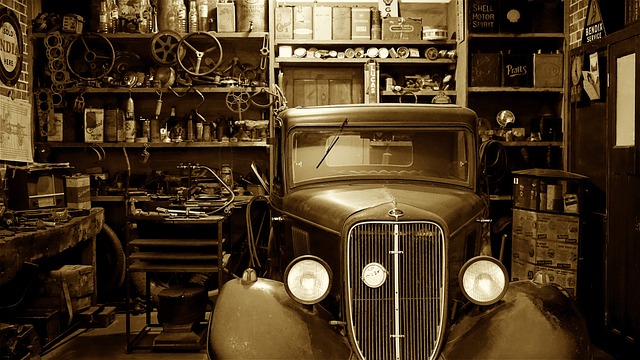
Inspection tolerances play a critical role in the meticulous process of vehicle frame inspection, particularly within the realm of auto body shops offering collision repair services. These tolerances refer to the acceptable limits or deviations from the original specifications during the assessment of a vehicle’s structural integrity, especially after an accident or collision. In simple terms, it defines how much a vehicle’s frame can be adjusted or misaligned while still being considered within acceptable parameters for safe operation and proper repairs.
Understanding these tolerances is paramount for skilled technicians providing frame straightening services. Exceeding these limits could compromise the safety and performance of the vehicle during subsequent driving. Thus, adhering to specified inspection tolerances ensures that every repair, from minor adjustments to complex frame straightening, aligns perfectly with the vehicle’s original design, guaranteeing a flawless restoration and optimal vehicle handling.
Why are They Important in Vehicle Frame Inspection?
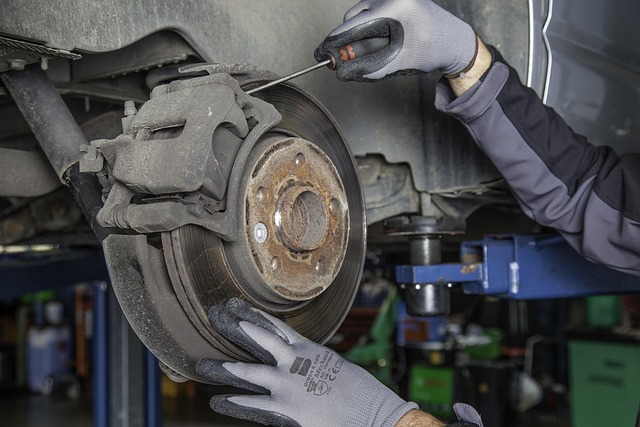
Inspection tolerances play a pivotal role in ensuring the accuracy and reliability of vehicle frame inspection processes. These tolerances define the acceptable limits within which components of a vehicle’s frame can vary from their ideal specifications without being considered defective or unsafe. In the realm of car bodywork services, maintaining stringent tolerance standards is paramount to guarantee structural integrity and optimal performance. Even minor deviations in dimensions, angles, or shapes can have significant implications on the overall stability, handling, and safety of a vehicle, especially during high-speed maneuvers or collision scenarios.
For professionals conducting frame straightening and auto painting, understanding and adhering to these tolerances are crucial. They serve as guidelines that enable technicians to make precise adjustments to misaligned frames, ensuring they return to their original specifications. Additionally, knowledge of inspection tolerances guides the selection of appropriate repair methods, materials, and equipment for optimal results in car bodywork services.
How to Interpret and Maintain These Tolerances for Optimal Safety
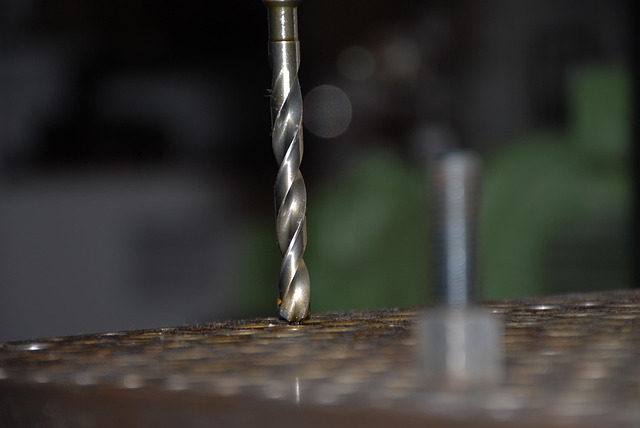
Interpretation and adherence to inspection tolerances are vital aspects of vehicle frame inspection, as they directly impact safety. These tolerances provide allowable limits for various dimensions and angles within a vehicle’s structure, ensuring each component is aligned correctly and can withstand stress during operation. For example, tolerances might dictate the precise location of wheels, suspension components, or the alignment of panels like car paint repair surfaces and bumper repair areas.
Maintaining these tolerances requires regular checks and comparisons against established standards. Technicians in collision repair shops should use specialized tools to measure and adjust as needed. Proper maintenance ensures that even after a vehicle experiences a collision or other damage, requiring repairs like bumper repair or more significant car paint repair, the frame remains structurally sound. This meticulous attention to tolerances is crucial for preserving the integrity of the vehicle’s framework and ensuring optimal safety during operation.
